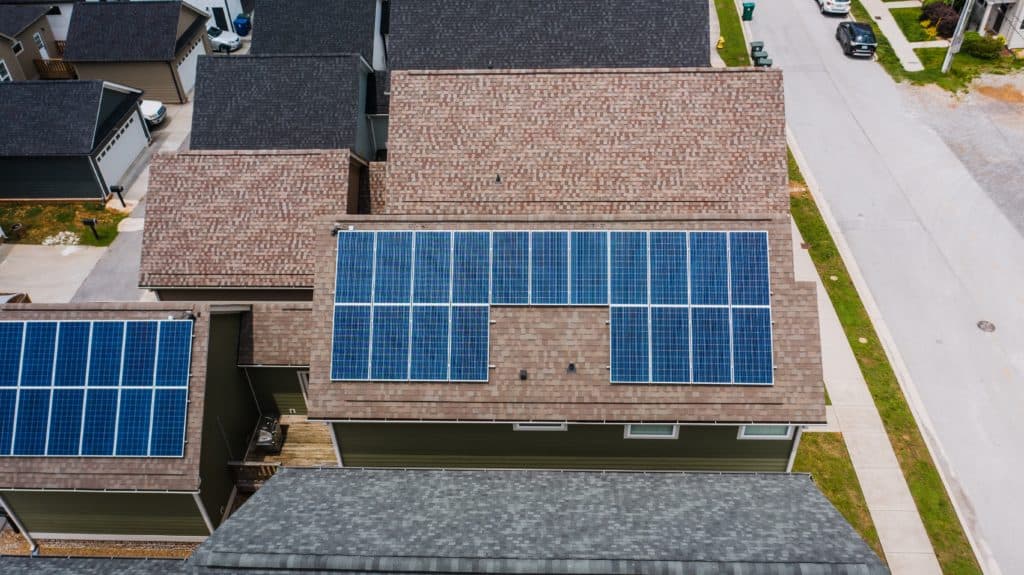Alternative energy sources are in high demand as our economy faces both supply chain issues and high costs of oil and gas. The COVID-19 pandemic only exacerbated constraints on this industry that is so dependent on international trade. Now our most essential facilities—our hospitals and clinics—are seriously exploring a shift to alternative, sustainable energy grids that might help them reduce costs, pollution, and waste.
But is alternative energy a realistic option for healthcare facilities?
With advancements in the field of renewable energy, alternatives are looking not just realistic but attractive for healthcare facilities needing a change. These are some of the ways alternative energy has overcome its limitations to become a viable option for our most vital institutions.
Advancing Technology
Care centers are notorious for their rate of energy consumption. In fact, healthcare is one of the top five industries for energy consumption, representing 9% of all energy use in commercial buildings. That’s because they rely on all kinds of high-energy devices to produce the care outcomes we need. Hospitals and urgent care centers have to power common resources like:
- X-ray machines
- Hematology equipment
- EKG and cardiac diagnostic tools
- Cryogenics
- MRI machines, and so much more …
All these tools need energy, and that high demand has been one of the major obstacles in the path of healthcare facilities adopting renewable power. Wind and solar can’t be counted on at all times, so healthcare facilities are hesitant to utilize them when people’s lives are at stake.
However, advancements in technology are making renewable energy more accessible and therefore more reliable than ever before. For instance, floating photovoltaic (FPV) solar panels are designed to function atop water while harnessing and capturing clean power. This is a growth market with a 43% CAGR, which means more clean energy available to buy even for care facilities without close local access to renewable grids.
Enhanced Production
And with enhanced technology comes an enhanced ability to produce and store renewable power. Hospitals rely more than ever on information systems and artificial intelligence as they offer remote treatment options like telehealth. This means that renewable sources have to tap into greater reserves of energy and keep even more as backup.
Fortunately, modern innovation makes energy production and utilization cleaner and more efficient. Dedicated researchers continue to enhance the abilities of wind, solar, and hydrothermal technologies to produce greater resources. For instance, the Norwegian University of Science Technology developed Gallium arsenide solar panels that doubled the efficiency of most panels.
Meanwhile, innovations in battery capacity are changing the way we store renewables. Now, grid-scale batteries are taking off. For example, the Moss Landing Energy Storage Facility in California contains a 300-megawatt battery stored over 4,500 battery racks. These facilities make renewable energy more reliable than ever, and more are popping up all the time.
As clean energy production and storage reach new heights, municipalities will be better positioned to tap into clean power. Hospitals and urgent cares then need only to purchase their power from these renewable grids to make a reduced carbon footprint a realistic and attainable option.
From here, smart infrastructure comprised of LED lighting on sustainable grids can cut waste, pollution, and the costs of it all.
Cheaper Overhead
The best news in the world of alternative energies is that renewables are quickly becoming the cheapest source of energy across the board. Having fallen 85% over the last 10 years, a majority of renewable energies are now less expensive than their fossil fuel counterparts. For healthcare facilities, this means that your overhead investment cost will be much lower than it might have been in years previous while your ability to reduce costs long-term has only grown.
Just about any energy-efficient investment a care facility can make has the potential to reduce costs in the long run through a reduction in energy expenditure. Modern tools only ensure your return comes sooner rather than later. The financial benefits as much as the environmental ones have led one healthcare organization after another to commit to a transition to 100% renewable energy. Here are just a few of their names:
- Kaiser Permanente
- Boston Medical Center
- Capital Region of Denmark
True sustainability is financially feasible as well as beneficial to the environment, and such sustainability is more than possible from healthcare facilities. However, it will take thorough research of potential providers and systems. Rates can fluctuate, but renewable energy should yield financial savings or cut down on fossil fuel reliance to a minimum.
A Worthwhile Investment
In short, alternative energy is more than a realistic option for healthcare facilities. These renewable power sources represent a worthwhile investment for any care center. Whether your goal is to completely transition to clean energy or simply supplement an existing power grid to reduce utility costs for a building, advancements in technology and cheaper prices make alternative energy a great choice.
The advancing healthcare market for alternative energies shows signs of hope on the renewable energy front. These cheap, clean, and powerful tools make them a realistic option across an industry responsible for as much as 9% of commercial carbon emissions. By integrating them, we can take necessary steps towards healthcare that is just as good for the planet as it is for all of us living here.
